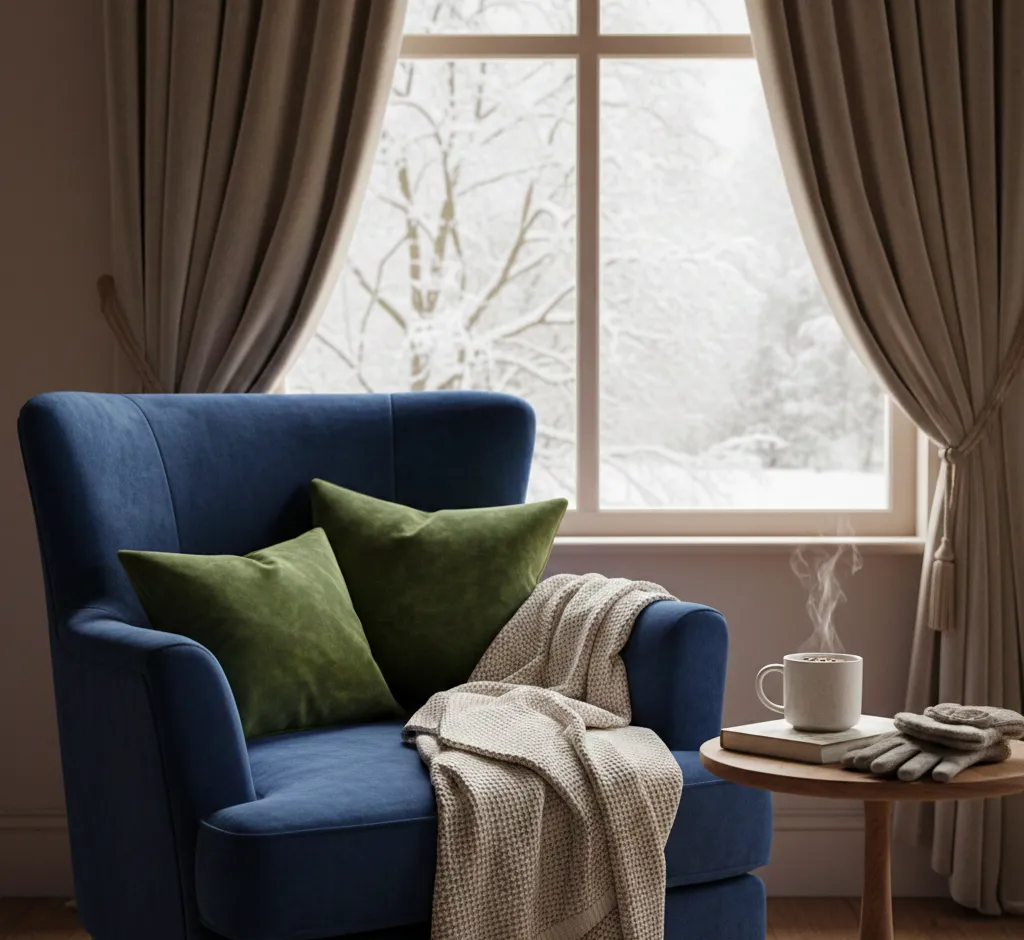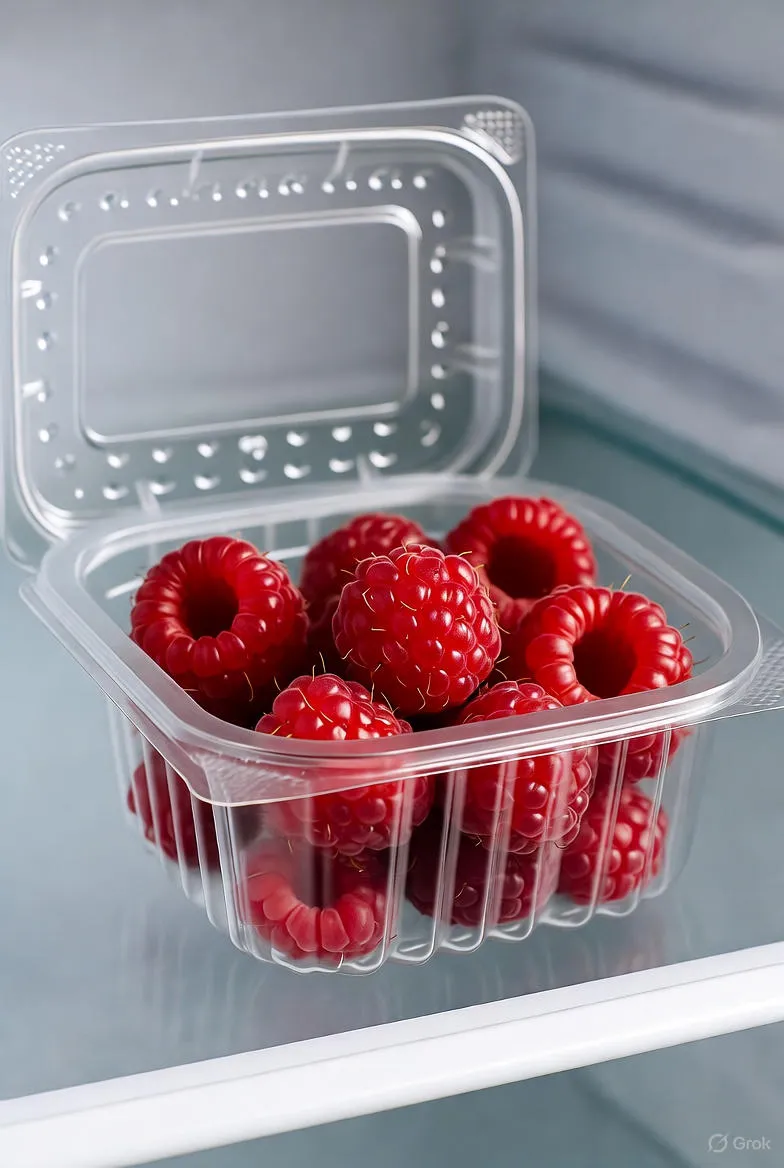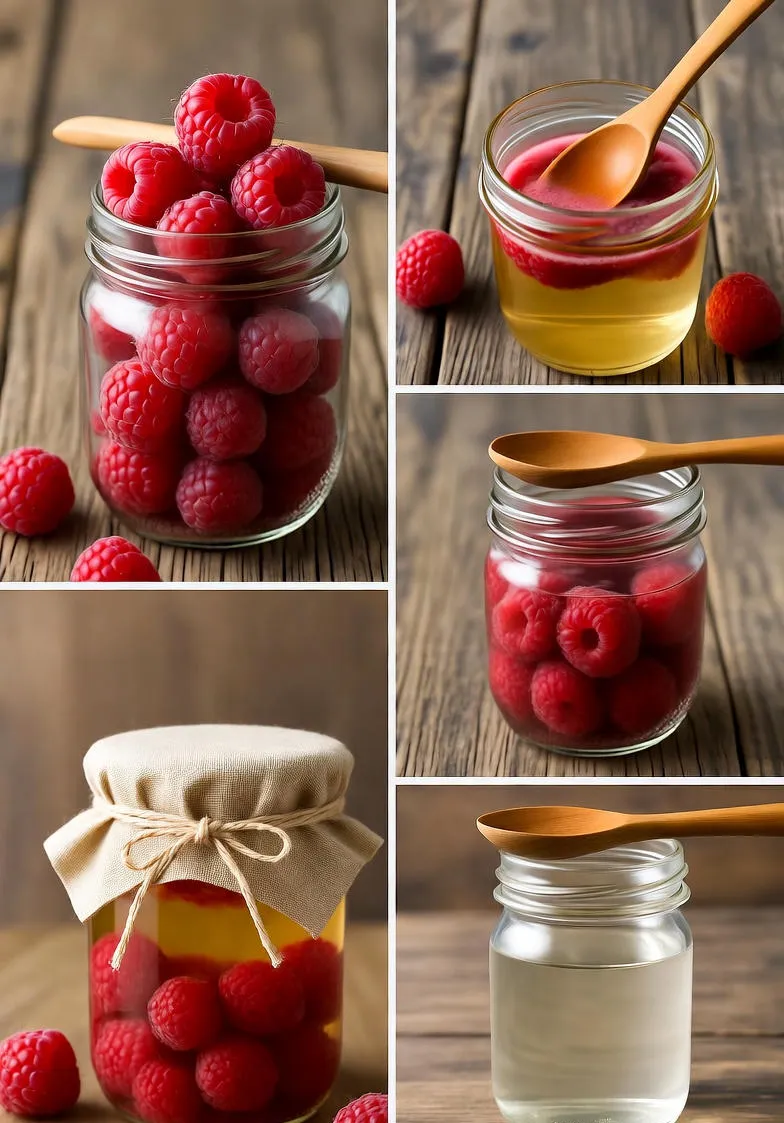The Ultimate Guide to Picking Velvet for Winter Warmth: Luxurious Fabrics That Insulate
Discover the essential guide to picking the best velvet for winter warmth. Learn how pile density, fiber content (polyester, cotton, silk), and weave construction affect insulation to keep you cozy and stylish all season.

🏷 The Ultimate Guide to Picking Velvet for Winter Warmth: Luxurious Fabrics That Insulate
Velvet is a fabric synonymous with luxury, opulence, and a rich, tactile experience. Historically reserved for royalty, its plush texture and deep color saturation make it a statement piece in any wardrobe or home decor. Yet, beyond its undeniable aesthetic appeal, velvet possesses a practical characteristic that makes it a perfect choice for the colder months: superior warmth and insulation. This comprehensive guide will delve into the world of velvet, showing you exactly how to pick the right type, construction, and fiber content to maximize its cold-weather comfort, ensuring you stay cozy without sacrificing style.
🌌 The Science of Velvet Warmth: Pile, Density, and Trapped Air
What makes velvet such an excellent insulator? The answer lies in its unique construction as a woven tufted fabric. Unlike flat-woven materials, velvet has a dense, short pile of uniformly cut fibers that stand up from the base fabric. This structure is key to its insulating power:
- The Dense Pile: The sheer quantity of fibers packed closely together creates a substantial thickness. This density inherently limits the transfer of heat from your body to the outside air.
- Trapped Air Pockets: The vertical fibers of the pile create countless tiny air pockets between them. Air is a poor conductor of heat, and when trapped, these pockets act as an effective thermal barrier—the same principle used in down jackets and double-paned windows.
- Fabric Weight: Good winter velvet is often heavier than its lighter-weight counterparts, further contributing to its ability to block cold drafts, especially when used for curtains or upholstery.
Key Factor: Pile Density Over Pile Length
While a longer pile might seem softer, pile density is the crucial factor for warmth and durability. A velvet with a high density of short, tightly packed fibers will insulate better and be more resistant to crushing and pressure marks than a fluffy, low-density velvet. When shopping, feel the fabric: a high-quality, warm velvet will feel solid, dense, and will resist flattening easily when you press your hand into it.
🧿 Fiber Content: Choosing the Best Base for Insulation
Velvet is not a fiber; it is a weave. The base material—the fiber used to create the pile—is what truly dictates the fabric’s performance, including its warmth, drape, and durability. For maximum winter warmth, you need to look at specific fiber contents:
🐟 1. Polyester or Synthetic Blends (The Practical Powerhouse)
Modern synthetic velvets, especially those made from Polyester, are arguably the best choice for reliable, low-maintenance winter warmth.
- Maximum Heat Retention: Polyester is non-absorbent and is specifically engineered for thermal efficiency, trapping heat much like a fleece. Polyester velvet tends to be thicker and heavier than natural fiber options.
- Durability and Care: It is highly durable, resistant to stains and wrinkles, and is often machine-washable (on a gentle cycle), making it excellent for high-use items like upholstery, throws, and casual winter clothing.
- Budget-Friendly: Synthetic options provide the luxurious look of velvet at a fraction of the cost of silk or high-grade cotton.
🌿 2. Cotton Velvet (The Durable, Matte Option)
Cotton velvet is a traditional and highly popular choice. While more breathable than polyester, its substantial weight and dense pile still offer excellent cold-weather comfort, providing a cozy, soft feel.
- Matte Finish: It has a less shiny, more matte appearance than silk or rayon velvet, which can be preferable for a less formal or more 'rustic' cozy look.
- Weight and Comfort: High-grade cotton velvet is often very heavy, making it perfect for winter coats, robust drapery, and durable upholstery.
- Trade-off: It may not feel as plush or lustrous as silk velvet, but its durability and breathability offer a comfortable balance for everyday winter wear.
👑 3. Silk Velvet and Silk/Rayon Blends (The Ultimate in Luxury)
Silk velvet is the historical standard, renowned for its unparalleled softness, deep luster, and elegant drape. While pure silk is an excellent natural insulator, silk velvet is often more delicate and generally lighter weight than cotton or synthetic options.
- Elegance for Formal Wear: Best reserved for evening gowns, scarves, and formal jackets where the priority is a stunning look and soft drape over rugged, everyday warmth.
- Silk/Rayon Blends: These blends offer a similar sheen and softness to pure silk but with enhanced durability and affordability, providing a great middle ground for luxurious warmth.
- Care: Be aware that pure silk velvet usually requires professional dry cleaning, making it higher maintenance for high-traffic winter items.
📖 Decoding Velvet Types for Winter Use
The name of the velvet can also indicate its construction and, therefore, its suitability for cold weather. Look for these specific types when prioritizing warmth:
Lyons Velvet: The Heavyweight Champion
Lyons velvet is one of the densest and heaviest varieties of velvet, traditionally made with silk or cotton. Its stiffness and thick pile make it incredibly warm and resistant to crushing, making it an ideal choice for:
- Outerwear: High-end, structured winter coats and jackets.
- Upholstery: Furniture that requires a resilient, long-lasting, and warm covering.
Velveteen: The Cotton Workhorse
While technically not a true velvet (the pile is created using weft threads rather than warp threads), velveteen is a cotton-based fabric with a very dense, short pile. It offers a wonderful, warm, matte alternative that is generally more durable and easier to care for than traditional velvet. It is a fantastic choice for:
- Casual Garments: Trousers, skirts, and blazers for a smart-casual winter look.
- Children's Clothing: Its cotton base and durability make it highly suitable for machine-washable items.
Velour: The Comfortable Knit
Velour is a knit fabric, not a woven one, which gives it a significant stretch. While it has a plush pile, it is generally lighter and less dense than true velvet. However, its softness and stretch make it unbeatable for:
- Loungewear: Cozy winter hoodies, joggers, and robes that prioritize flexibility and comfort.
- Layering: Items that need to move with the body without feeling bulky.
Crushed Velvet: Style Over Substance
Crushed velvet has an intentionally wrinkled or 'crushed' look, which is achieved by pressing or twisting the fabric while wet. While stunning and reflective, this process decreases the uniformity and density of the pile, potentially making it less insulating than a traditional plain velvet. Choose crushed velvet for statement pieces where style is the main goal.
🚪 Velvet in Home Decor: Insulating Your Space
Velvet's insulating properties extend far beyond clothing. Incorporating it into your home decor is one of the most effective and luxurious ways to combat the winter chill:
- Thermal Curtains and Drapes: Heavy, dense cotton or polyester velvet curtains are an exceptional choice for thermal insulation. They create a substantial barrier against cold drafts from windows, significantly reducing heat loss and lowering energy bills. For maximum effect, look for curtains with an added thermal or blackout lining.
- Upholstery: A velvet sofa or armchair not only adds a rich visual texture but also provides a warm, inviting surface that is immediately cozier to sit on than leather or linen. Mohair velvet, made from Angora goat hair, is a particularly hardwearing and naturally insulating option for furniture.
- Throws and Blankets: A plush, high-pile polyester or cotton velvet throw layered over bedding or draped on a sofa is the simplest way to add instant, portable warmth. Look for throws with high-density pile and a soft backing, such as fleece or Sherpa, for double the insulation.
📀 Summary: Your Winter Velvet Checklist
To summarize how to pick the best velvet for enduring winter warmth, use this checklist:
| Feature to Check | What to Look For | Why It Matters for Warmth |
|---|---|---|
| Fiber Content | Polyester or Heavy Cotton | Synthetic fibers are engineered for heat retention; heavy cotton adds insulating bulk. |
| Pile Construction | High Density (Tightly Packed Fibers) | Dense pile traps more insulating air pockets and resists crushing/flattening. |
| Fabric Weight | Heavier GSM (Grams Per Square Meter) | Heavier fabrics block drafts more effectively and provide more material for insulation. |
| Velvet Type | Lyons Velvet or Quality Velveteen | These types are constructed specifically to be robust, dense, and warm. |
| Hand-Feel Test | Fabric feels solid and plush; pile bounces back when pressed. | Indicates high quality and dense construction, ensuring the thermal barrier remains intact. |
By understanding the critical roles of fiber content and textile construction, you can confidently select a velvet that not only looks stunning but also serves as a high-performing barrier against the cold. Whether you are choosing an elegant dinner jacket or insulating your living room, the right velvet will wrap you in warmth and luxury all winter long.


